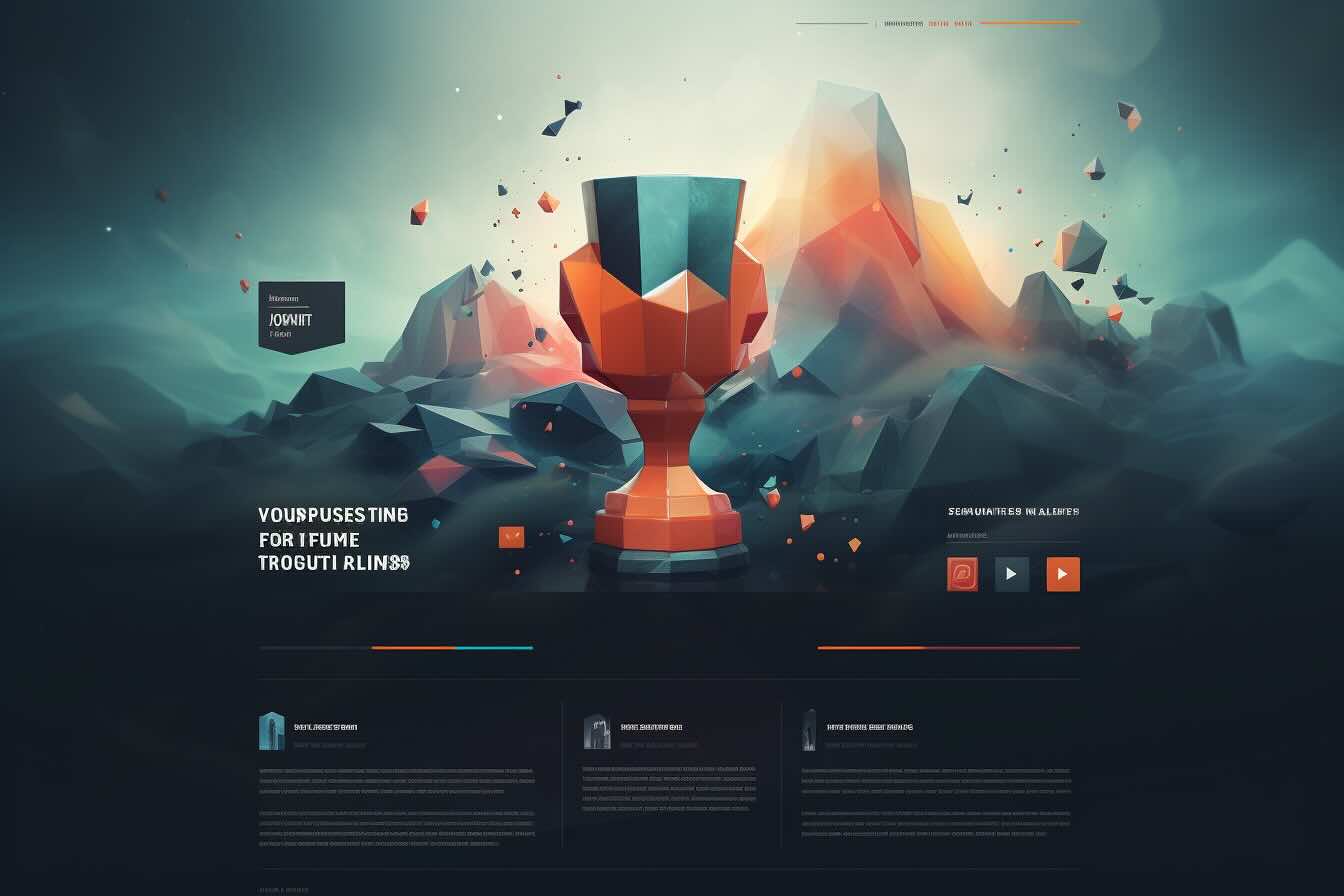In the ever-evolving landscape of digital design, web designers continuously push boundaries, striving for excellence. Winning a web design award is more than just a badge of honor; it's a testament to the creative vision, technical prowess, and innovative solutions brought to life by a designer or a team. However, the path to accolades is not easy and demands much more than just an aesthetically pleasing layout. In this article, we'll delve into some key aspects, tips, and insights that could be your guiding lights on the journey to winning a web design award.
Understand the Criteria
Before diving into the design process, it's crucial to understand the criteria on which your project will be judged. Award organizations such as Awwwards, CSS Design Awards, or Webby Awards, each have their own set of standards. These often include:
- Usability: How easy it is for users to navigate your site.
- Content: Quality and relevance of the textual and multimedia elements.
- Aesthetics: Visual appeal, including the use of color, images, and typography.
- Innovation: The creative solutions employed to address unique challenges.
- Technical Proficiency: Performance, SEO, and adaptability across devices.
Research and Plan
Competitor Analysis
Look at past winners and critically analyze what made their designs award-worthy. Is it the innovative use of technology, the artistic layout, or maybe a unique user experience (UX) approach?
Target Audience
Understanding who you are designing for is crucial. Tailoring your design to the specific needs and expectations of your target audience can make your project stand out.
Objective and Scope
Clearly outline what you want to achieve with the design. Set measurable objectives and define the scope so that you stay focused throughout the project.
Design Principles to Uphold
Simplicity
Less is often more. A clean and straightforward design can make it easier for judges and users alike to focus on your site's unique aspects.
Consistency
From fonts and color schemes to UX elements, consistency is key. It not only makes the site more coherent but also reinforces brand identity.
Accessibility
Your website should be easily accessible to everyone, including those with disabilities. Implement features like alt text for images and keyboard navigation.
Responsiveness
A design that adapts to different screen sizes is a must. Judges will often look at how well a design transitions between desktop, tablet, and mobile views.
Prototyping and User Testing
A prototype can help you visualize how the final design will look and function. This is also the stage where you should be conducting user tests to garner real-world insights into usability and user satisfaction.
Review and Iterate
After receiving feedback from the testing phase, you will need to go back to your design and make the necessary adjustments. Multiple iterations are usually necessary to refine the design to near-perfection.
Preparing for Submission
- Documentation: Prepare a comprehensive document or presentation that explains your design decisions, challenges faced, and how you resolved them.
- Performance Checks: Make sure your website performs well across different browsers and devices. Page speed, SEO, and other performance metrics should be up to the mark.
- Final Review: Go through the design and guidelines once more before submission, to ensure that all criteria are met.
The Aftermath: Win or Lose, Always Learn
Whether you win or not, the journey itself is a learning curve steeped in invaluable experience. Feedback from judges can give you a fresh perspective and help you refine your skills for future projects.
Winning a web design award is not just about talent; it’s a combination of innovation, planning, and relentless effort. By understanding the criteria, meticulously planning, upholding core design principles, and continually iterating, you set yourself up on a promising path toward capturing that elusive web design award.

